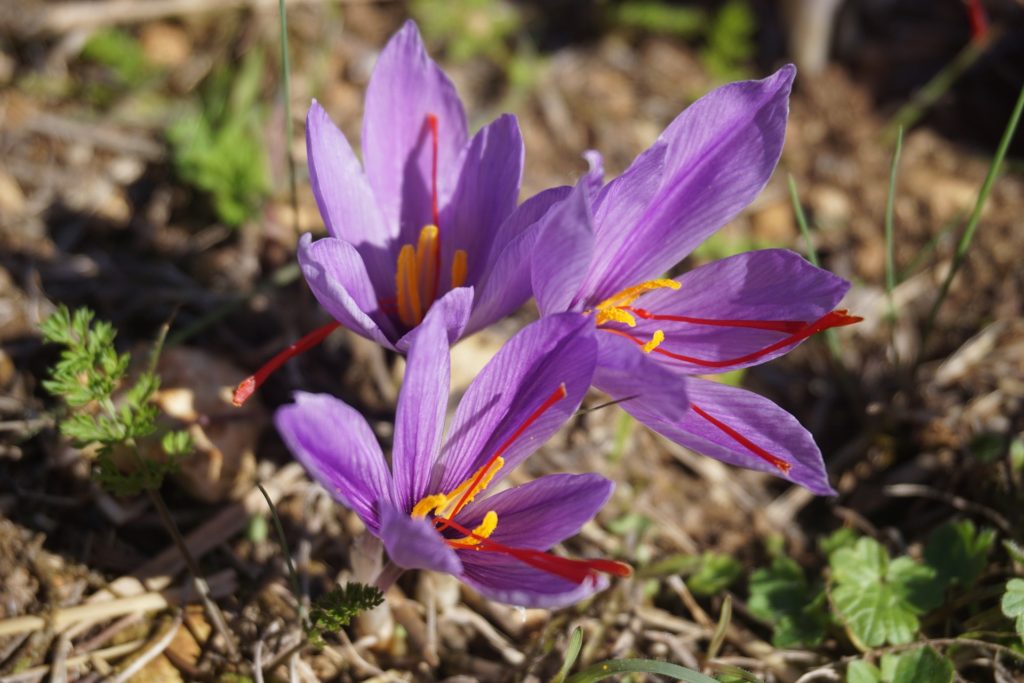
Kashmir saffron has been given the Geographical Indication (GI) tag by the Geographical Indications Registry. It is cultivated and harvested in the Karewa (highlands) of Jammu and Kashmir.
Application: The Directorate of Agriculture, Government of Jammu and Kashmir has applied for GI tag while the application was facilitated by the Sher-e-Kashmir University of Agriculture Sciences and Technology, Kashmir, and Saffron Research Station, Dussu (Pampore).
Growing regions: The spice is grown in some regions of Kashmir, including Pulwama, Budgam, Kishtwar and Srinagar.
According to Chinnaraja G. Naidu, Deputy Registrar of Geographical Indications, Kashmir saffron is a very precious and costly product. Iran is the largest producer of saffron and India is a close competitor. With the GI tag, Kashmir saffron would gain more prominence in the export market.
About Kashmir Saffron
Flavour: Kashmir saffron is renowned globally as a spice. The unique characteristics of Kashmir saffron are its longer and thicker stigmas, natural deep-red colour, high aroma, bitter flavour, chemical-free processing, and high quantity of crocin (colouring strength), safranal (flavour) and picrocrocin (bitterness).
It is the only saffron in the world grown at an altitude of 1,600 m to 1,800 m AMSL (above mean sea level).
Three types: The saffron available in Kashmir is of three types:
- Lachha Saffron: With stigmas just separated from the flowers and dried without further processing;
- Mongra Saffron: In which stigmas are detached from the flower, dried in the sun and processed traditionally; and
- Guchhi Saffron: Same as Lachha, except that the latter’s dried stigmas are packed loosely in air-tight containers while the former has stigmas joined together in a bundle tied with a cloth thread. (Source: The Hindu)

